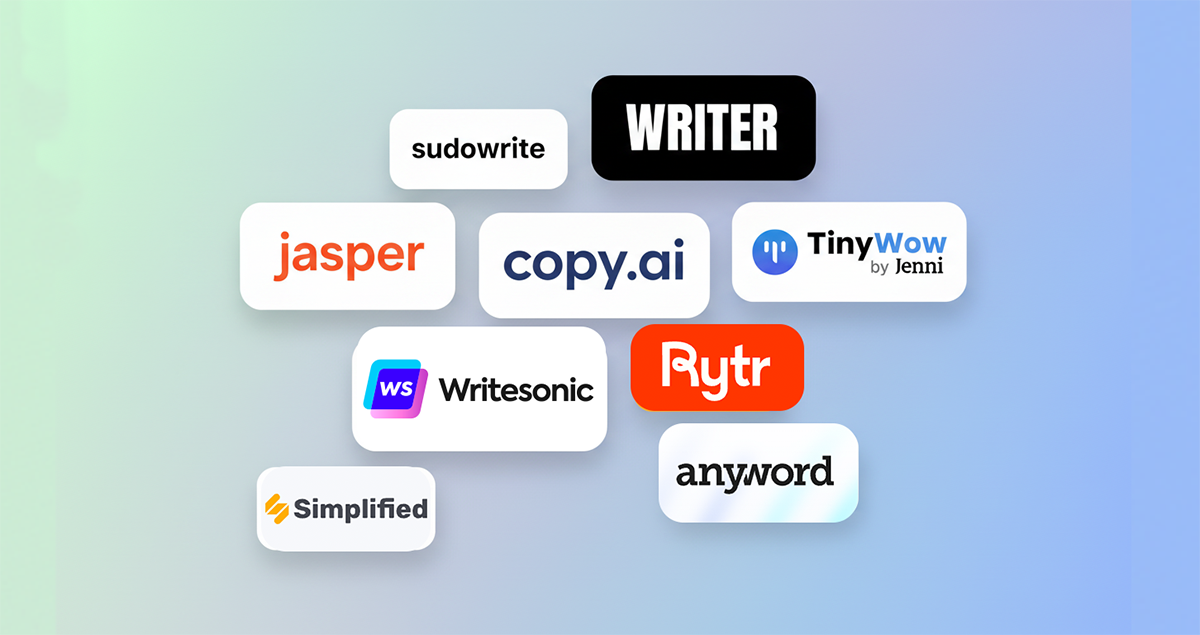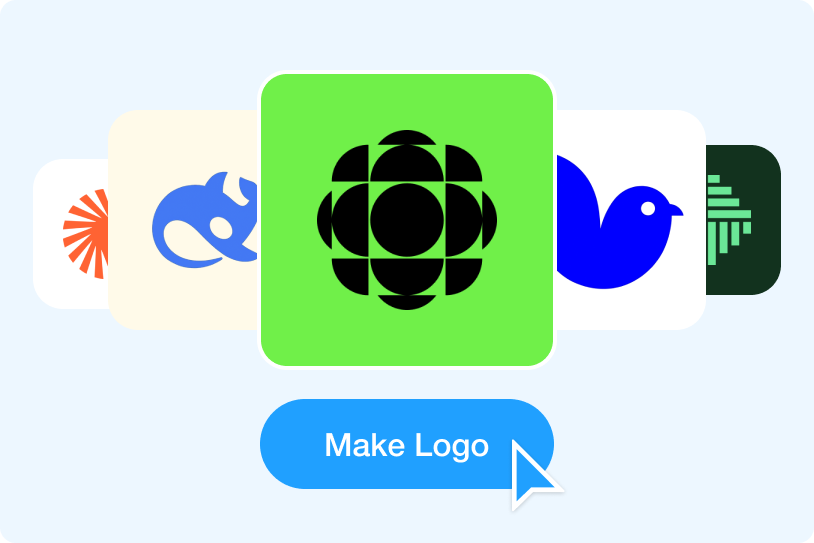For some logo and graphic designers, an up-to-date portfolio isn’t considered essential. It’s something to worry about only if you’re a student, or you’re going for a job interview. That’s certainly one way to look at it, but that approach may not be the best one.
The reality is that an updated portfolio could come in handy at a moment’s notice—and it could play a key role in bigger and brighter things coming your way.
Let’s explore in more detail the importance of a logo design portfolio, and how you can evolve and maintain yours over the years.
Why Portfolios Are Important
Graphic and logo design skills are in high demand, but even so, competition is rife. You need to market yourself from the get-go. And you need to do it in a way that showcases your talent, experience, and the best of your work in a way that sets you apart from other designers.
This is where your portfolio comes in. It's one of your most important and powerful self-marketing tools.
If you meet a potential client, telling them or letting them read about your qualifications on your resume isn’t enough. Instead, there’s a good chance they’re going to ask to see examples of your work.
Handing the prospective client a few semi-crumpled printouts or swiping frantically through a gallery on your phone will give them an idea of what you do. But it will also send out the wrong message by making you look unprepared and unprofessional. Instead of highlighting and bolstering your personal brand, the unintended message will weaken it.
A portfolio that’s honest, up-to-date, and includes examples of your best work as well as testimonials from some of your previous clients makes a good impression immediately. It also helps the potential customer to make a proper assessment of your suitability for the job.
With that in mind, let’s look at how you can create or evolve and maintain your graphic or logo design portfolio.
Top Tips For Your Portfolio
Creating a killer portfolio is no easy task, but it’s worth it. Use the following tips to transform yours.
1. Prepare To Put In The Hours
Most, if not all, designers know from experience that good work takes time. Before you start working on your portfolio, whether you’re starting from scratch or you’re transforming an existing one, prepare yourself mentally for the task.
There’s a good chance the initial work will take hours, and you’re going to need to put many more hours into it over the years. The good news is that, once you’ve laid the foundations, building and maintaining it should be relatively easy.
What’s more, if you get it right, the time you spend on it will be paid back in the form of the incredible opportunities your portfolio will help bring into your life.
2. Include The Process And Finished Work
Don’t be too tempted to think of your portfolio only in terms of your finished work. Potential clients might want more information about those projects, and the document will be more useful to them if it offers them various insights.
When adding a piece of work, include the names and roles of anyone else who worked on that project, the brief, and details of your contribution. Include the challenges you encountered and how you dealt with them, and add sketches, drawings, screenshots, and other elements that show work in progress.
3. Showcase Client, Pro Bono And Other Work
Your graphic and logo design portfolio doesn’t need to be limited to paid work for clients. Give potential customers a sense of the scope of your skills and output by including pro bono work, personal art, competition entries, and side projects. It shows you’re not a one-trick pony.
Doing so might inspire the client with ideas for new work they could ask you to do, lead to the client referring new customers to you, and to the client keeping you in mind for future projects.
4. Be Ruthless In Your Selection
Not limiting your portfolio to logo or graphic design work you’ve done for paying customers isn’t license to go wild and include almost everything you’ve ever done. Be ruthless when making your selection and include only the cream of the crop.
If you know that a piece is mediocre or weak, don’t include it. Focus on the best and only the best of what you’ve done so far. Try to limit the selection to between 10 and 12 pieces of outstanding quality.
5. Consider Various Formats
Convenience, costs, the increased digitization of the world, and environmental concerns are some of the reasons why some logo and graphic designers limit their portfolios to websites. Putting your portfolio online is a great idea, but limiting it to the worldwide web? Not so much.
Poor mobile internet, non-existent Wi-Fi, flat batteries, and other events could make your portfolio inaccessible when you or your potential customer need it. When planning yours, consider using various formats, including a portfolio webpage, a PDF document stored on your computer and on a USB stick, and a few copies that are printed and bound (hard copies).
6. Don’t Let Language Let You Down
Your design portfolio undoubtedly will emphasize the visual elements of your work. But that doesn’t mean you can ignore the quality of the language you use.
Use a spelling and grammar checker to ensure yours is on point. Anything else looks lazy and downright sloppy.
7. Ask For Feedback
When you’ve more or less completed your initial portfolio, and whenever you make any changes to it, ask a mentor, colleagues, your art director, and one or more friends in relevant professions to critique it.
Let them know you’d like them to give you positive and negative criticisms, and then use them to refine the document.
Conclusion
A good graphic and logo design portfolio requires long hours, hard work, and personal honesty.
Put that into yours, and add a few touches that express your personality, and you’ll find that the energy you invest in it will pay off.


-1763613244.png)




